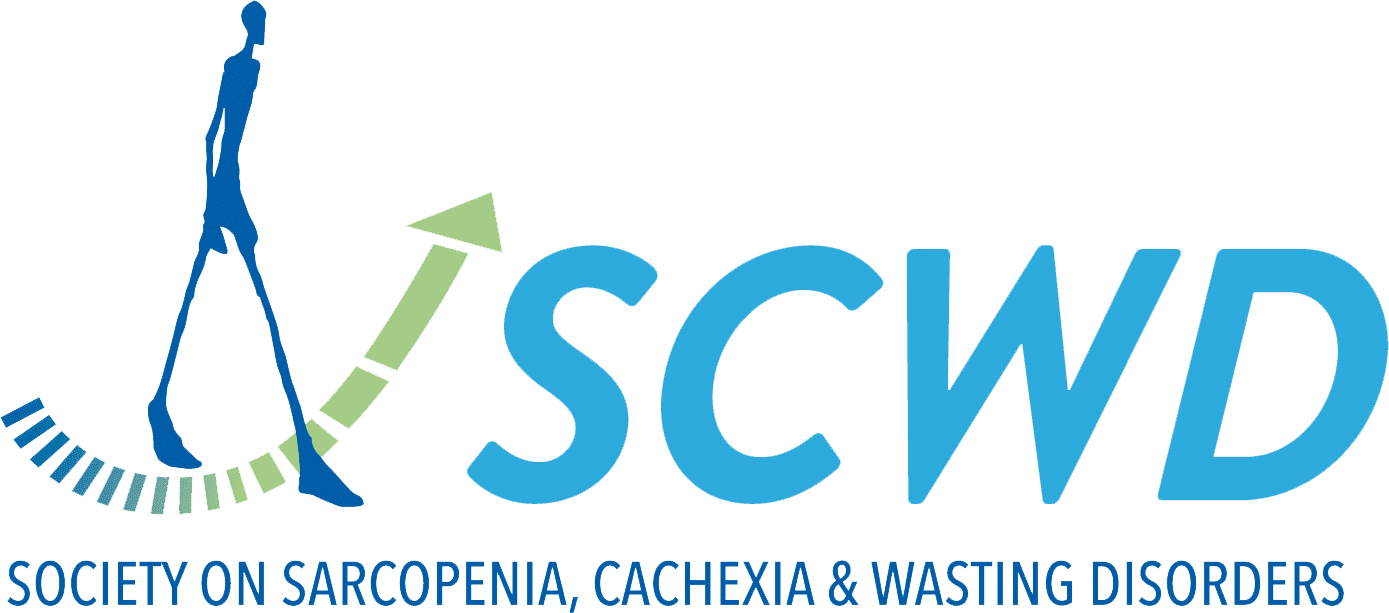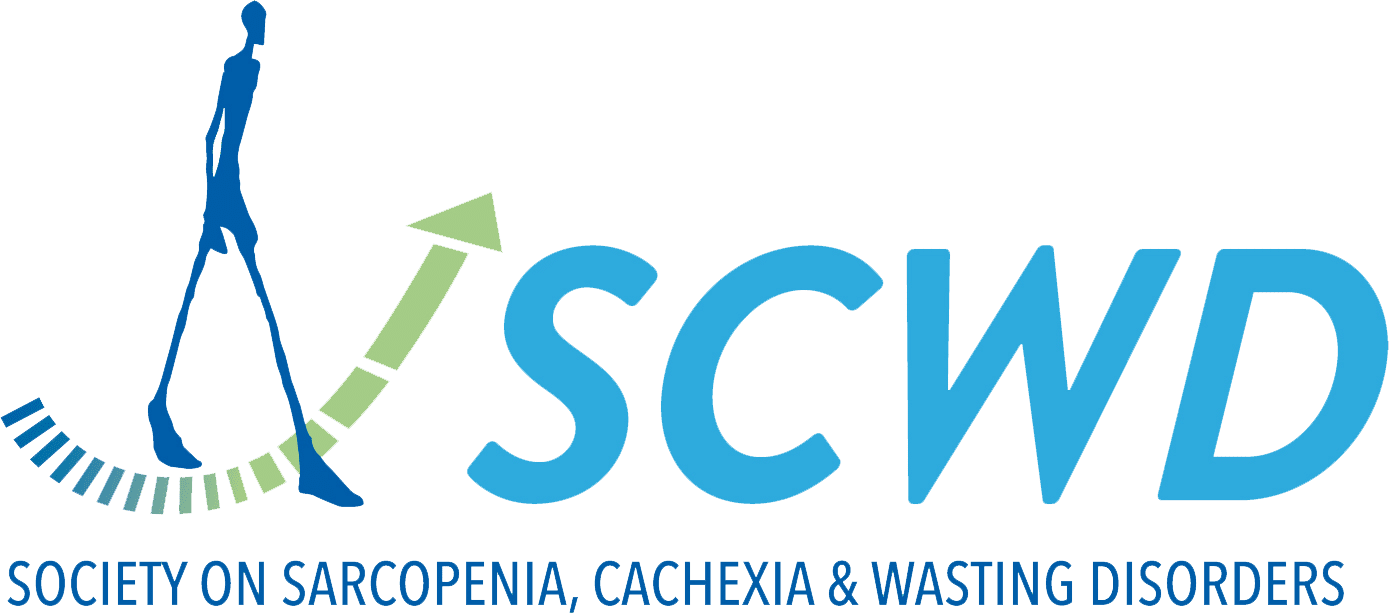Statin Use Is Associated With a Decline in Muscle Function and Mass Over Time, Irrespective of Statin Pharmacogenomic Score.
BACKGROUND
Statins are cholesterol-lowering drugs widely prescribed for preventing cardiovascular diseases. They may cause adverse effects on skeletal muscle, but it remains unclear whether they affect muscle function and mass. We aimed to evaluate the association between statin use and muscle...


